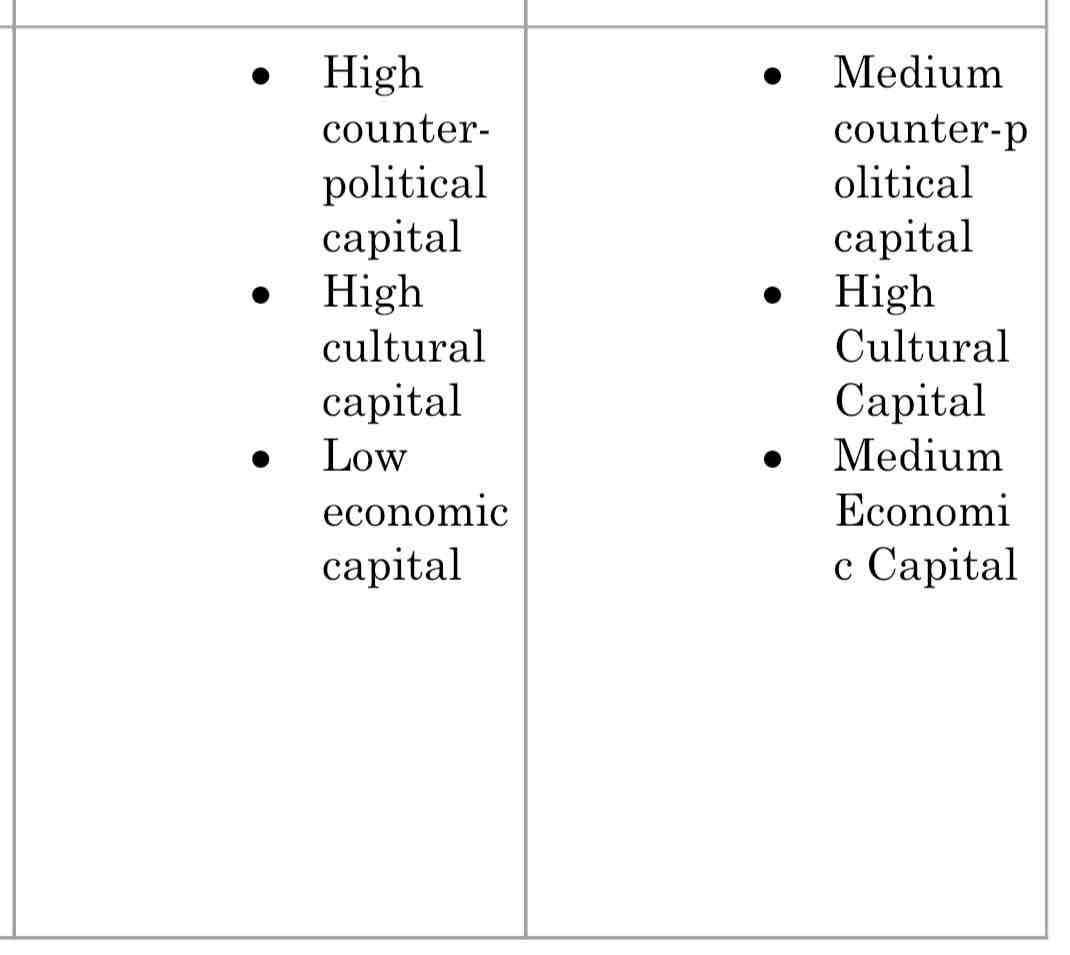Cultural Sociology: Week 2 Readings
1/23
Earn XP
Description and Tags
Summarizing Bourdieu’s theories and ideas, and Nakajima’s Bourdieuan analysis of Chinese contemporary cinematic field, with images from the Korean movie Parasite because I can’t help myself.
Name | Mastery | Learn | Test | Matching | Spaced |
|---|
No study sessions yet.
24 Terms
Artistic Fields
Social Construction of Ideas
Autonomous Pole
A self-closed field, without outside influences.
Heteronymous Pole
Interpenetration of fields; open to influence from other fields.
Lowbrow vs. Highbrow
Lowbrow = mass culture (low class)
Highbrow = elite culture (high class)

Economic Capital
Property, assets that have fiscal value
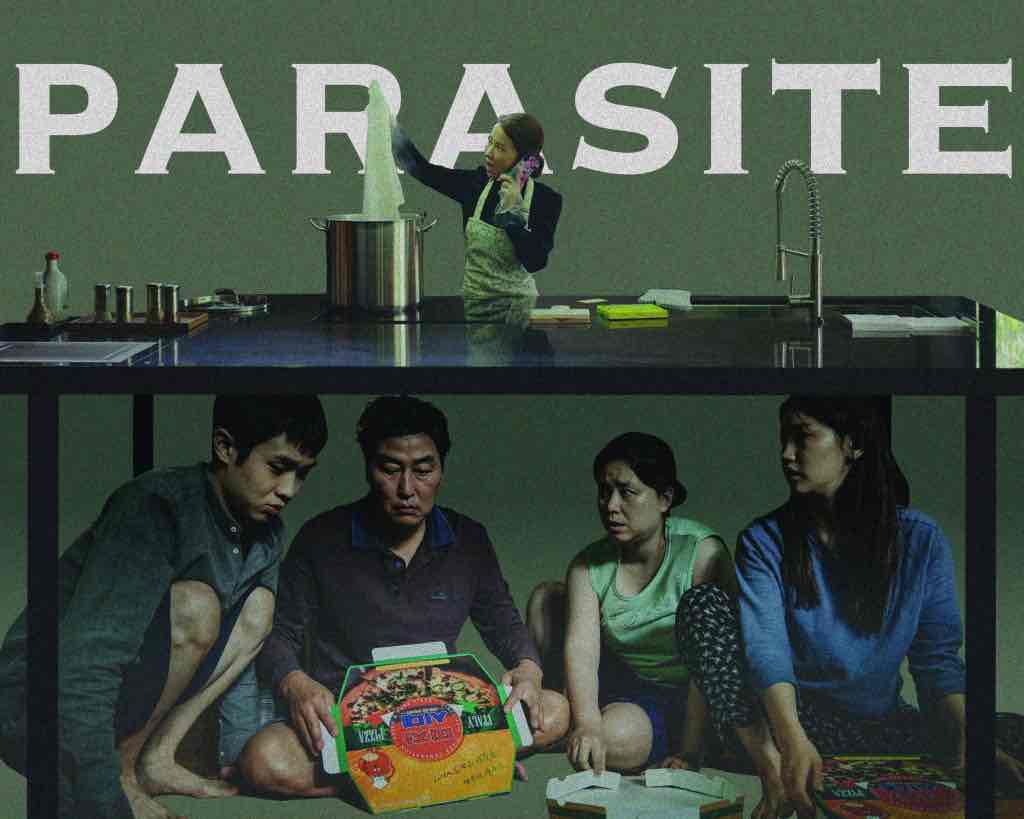
Cultural Capital
The level of cultural competence one has

Social Capital
Dependent on the size (and quality) of one's social network/relationships
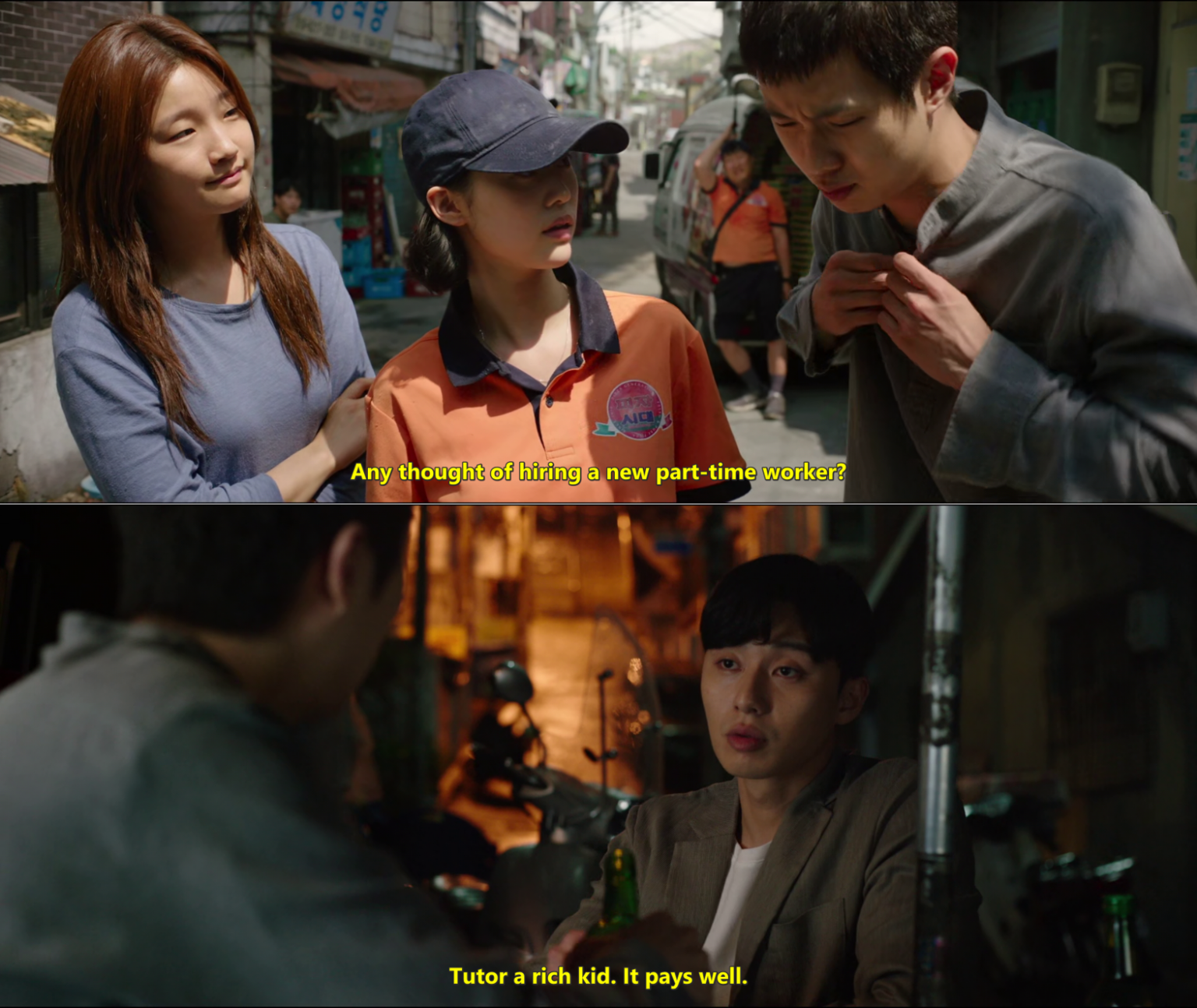
Social Stratification
Three-dimensional social hierarchy, defined by the contents of and interplay between volumes and composition of capital.
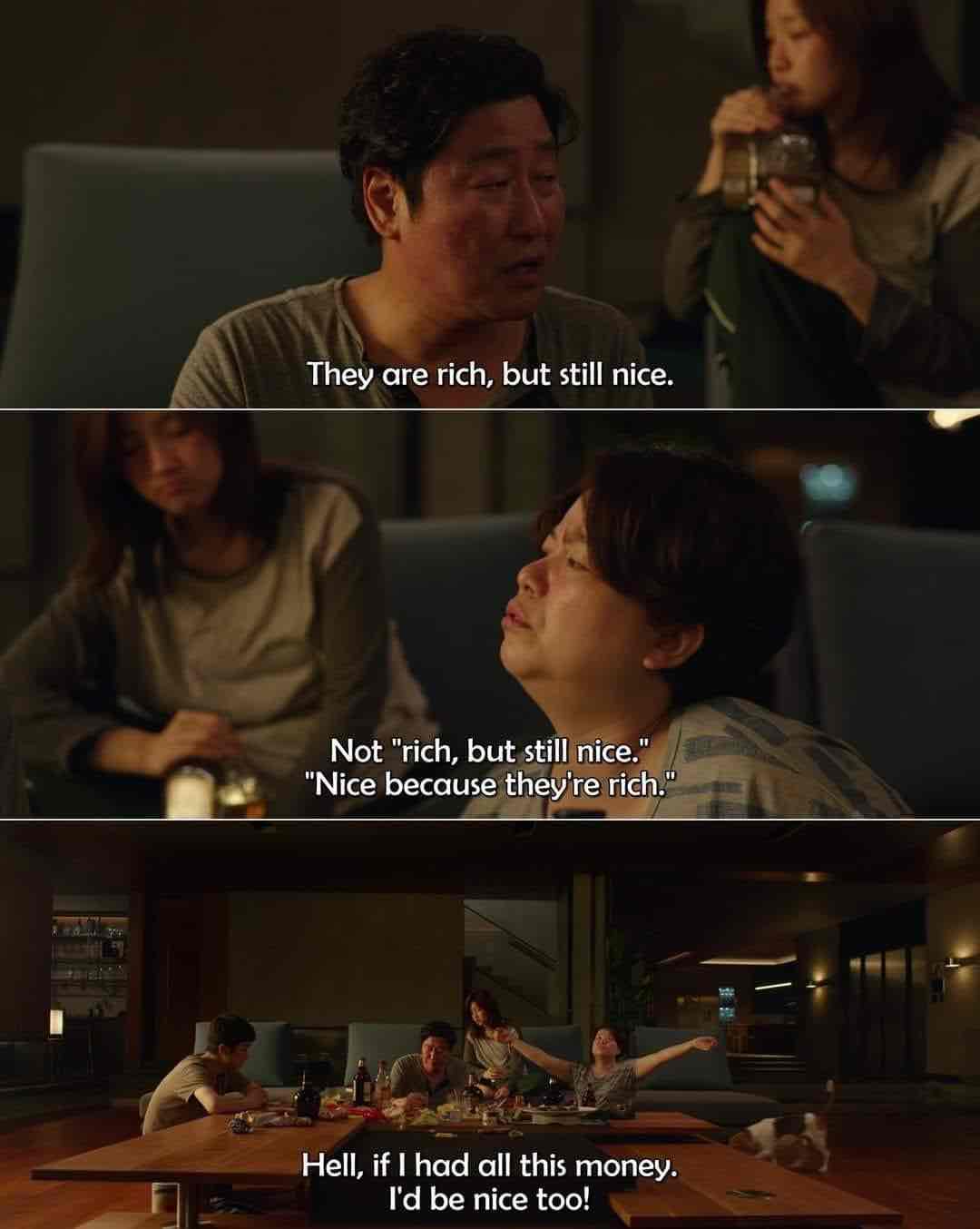
Symbolic Capital
The resources available to an individual on the basis of honor, prestige or recognition, and serves as value that one holds within a culture.

Institutional Field
Specialized domains of institutional behavior in society.
Social Mobility
Ability to go up and down the socioeconomic ladder.
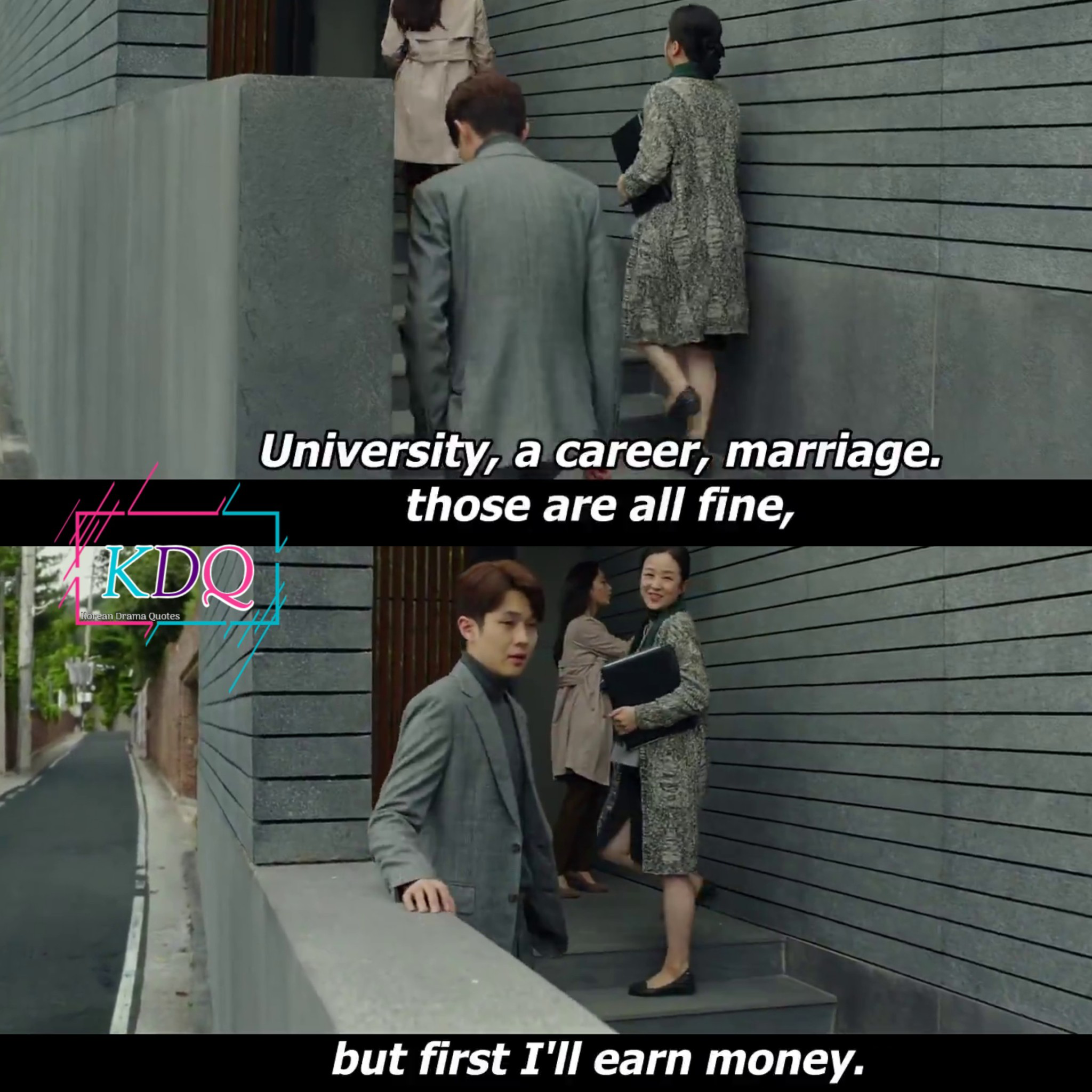
Families as Cultural Competence Cornerstone
Language and Vocabulary
Views on education
Transmission of ideas and habitus
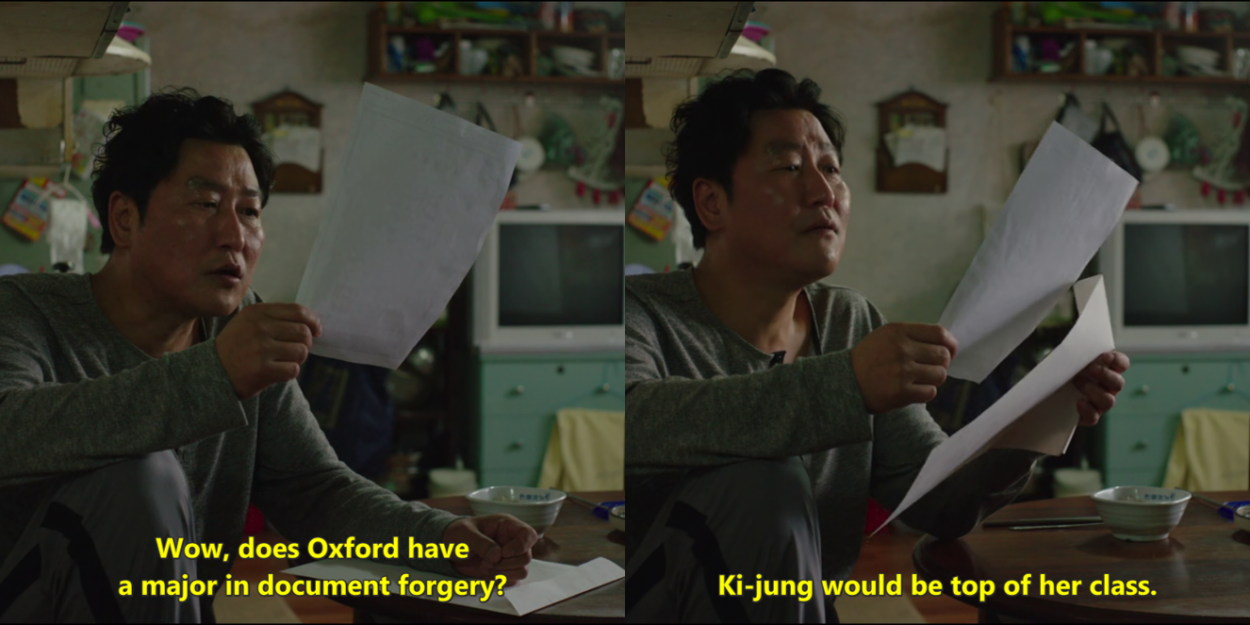
Schools’ Reproduction of Inequalities
Objectively: credentializing, classifying, dividing, and labelling
Subjectively: its environment/teachings mold the ways people see and interface with the world
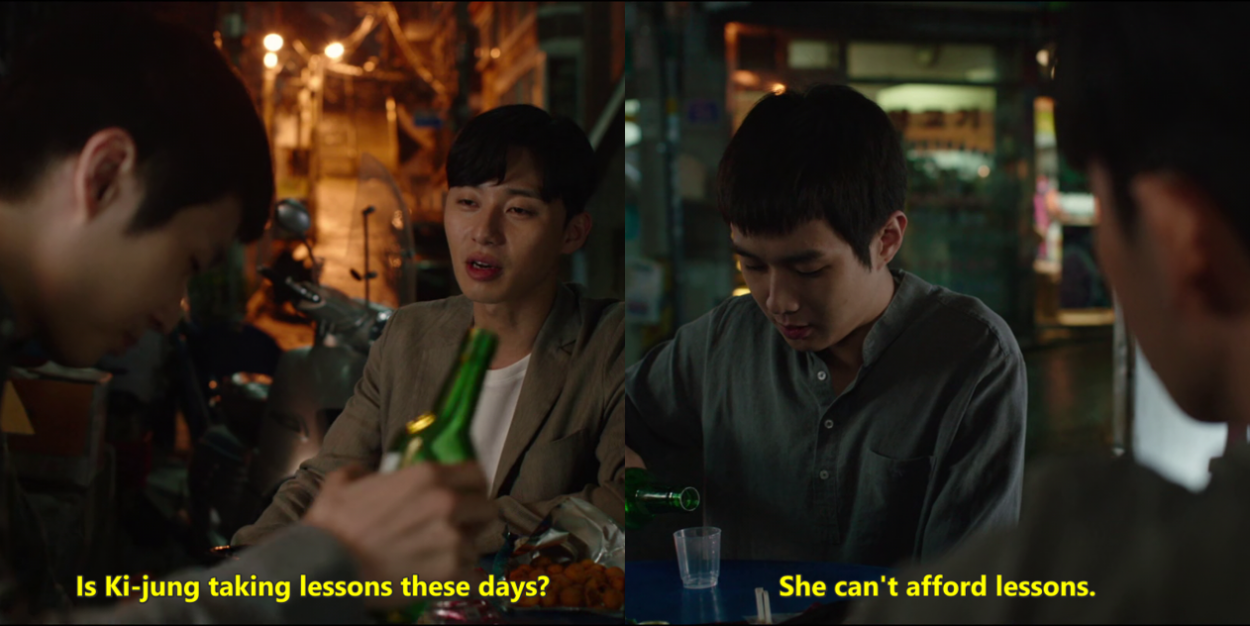
Habitus
The everyday tastes and dispositions we actively and literally (though unconsciously) embody, the relatively enduring schemes of perception, appreciation, and appropriation of the world that we enact.

Food and Class
Working class: food as fuel, filling, and nutritious
Upper Class: Meal as social ceremony, small portions of light food
Also a gendered aspect. Men need to gulp down hearty food, women need dainty foods (or develop disordered eating).
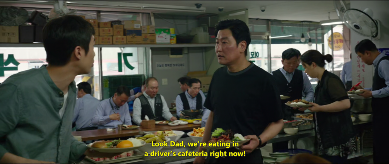
Woman and Cultural Competency
In a time when women were forced to be homemakers, they were the ones in charge of cultivating the symbolic and cultural capital of the home as the men cultivated the economic capital.
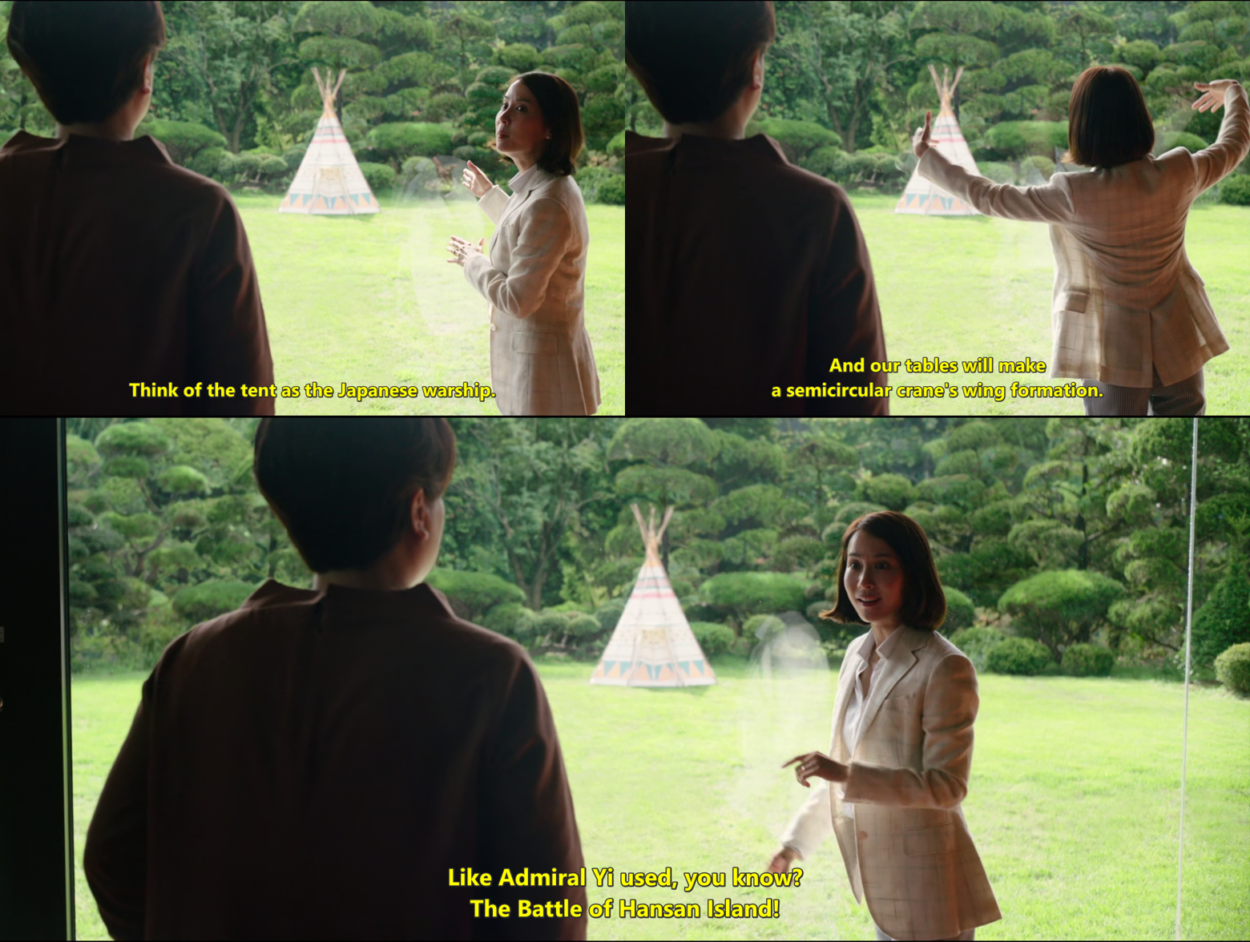
Culture Game
The game of correctly conducting one’s self in relationships and social situations, bound by the rules of the different capitals/fields.
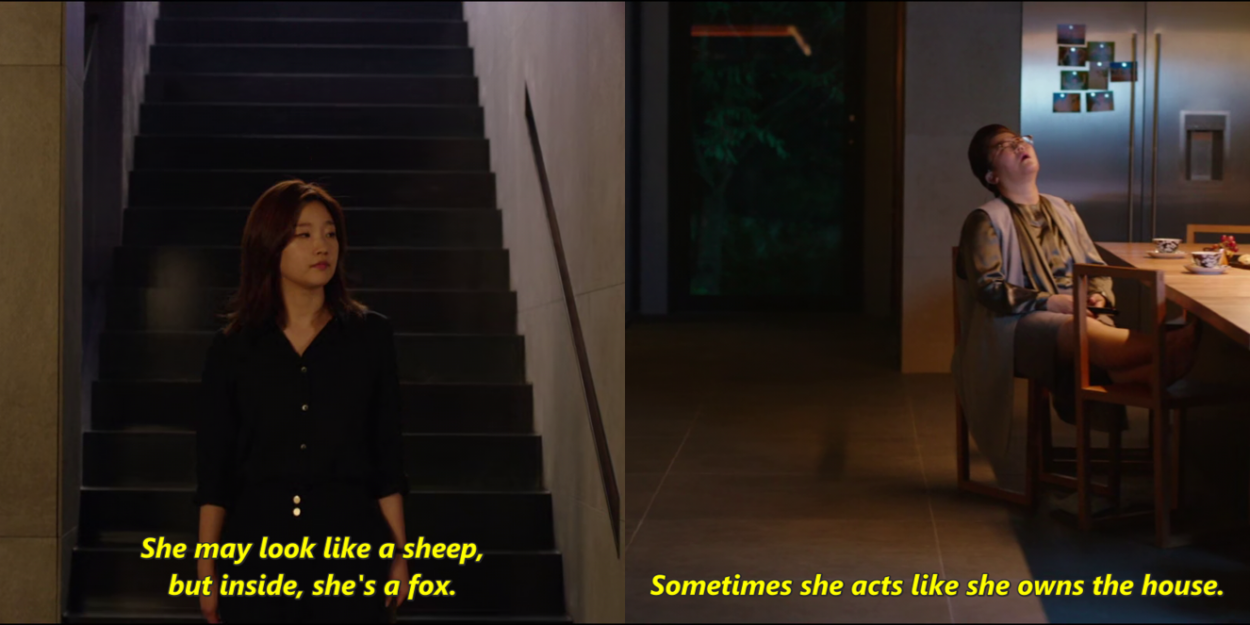
Upper Class Taste
Ease, highbrow culture, form over function, excess, and rejection of the underclass.

Lower Class Taste
Practicality, necessity, affordability, versatility, and the yearning or rejection of the overclass.

Role Distance
Refers to the detachment of the performer from the role he or she is performing (Goffman).

Main Melody Films
Leitmotiv films. Cultural political films backed by the state. Low viewership before, slowly moving towards blockbuster.

Commercial films
Blockbusters. High budget domestic films intended for a large viewership. Economically motivated, lowbrow.
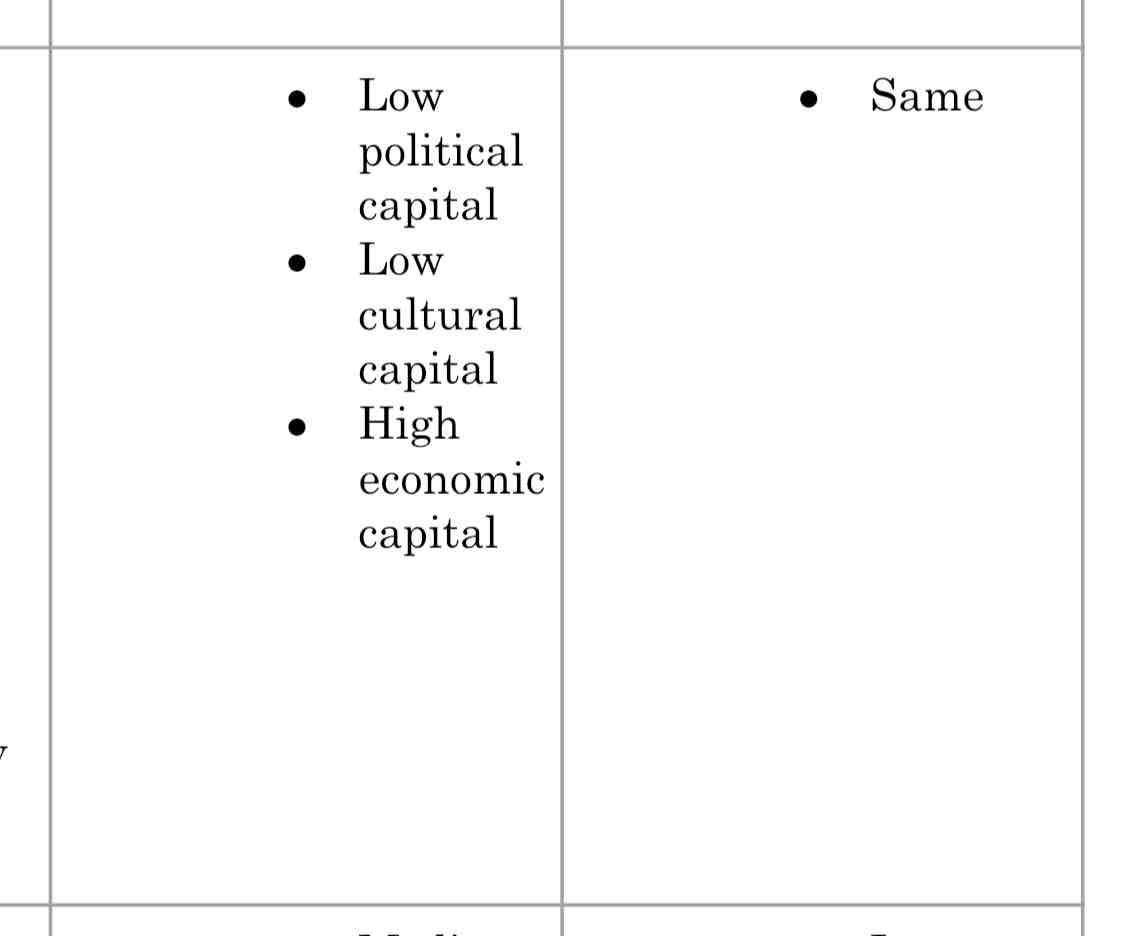
International Chinese Films
Academy Award nominees. Slightly counterpolitical films, foreign funded. Artsy and culturally relevant. Small audience. Moving towards mainstream and social acceptability.
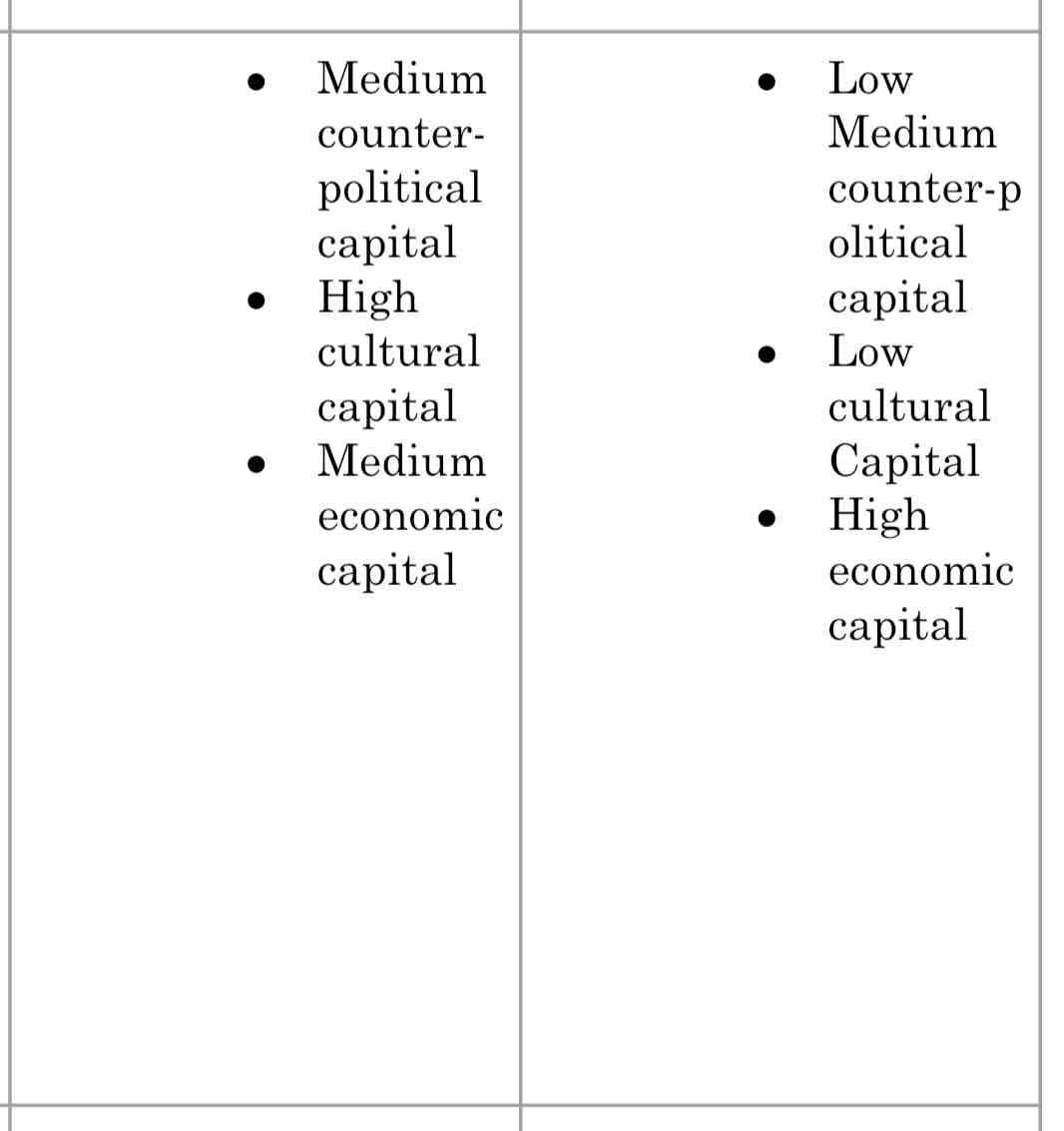
Independent Films
Subversive films. Counter-political to the extreme, difficult to produce or distribute in China, creators often punished. Little to no local audience. Moving towards social acceptability.
